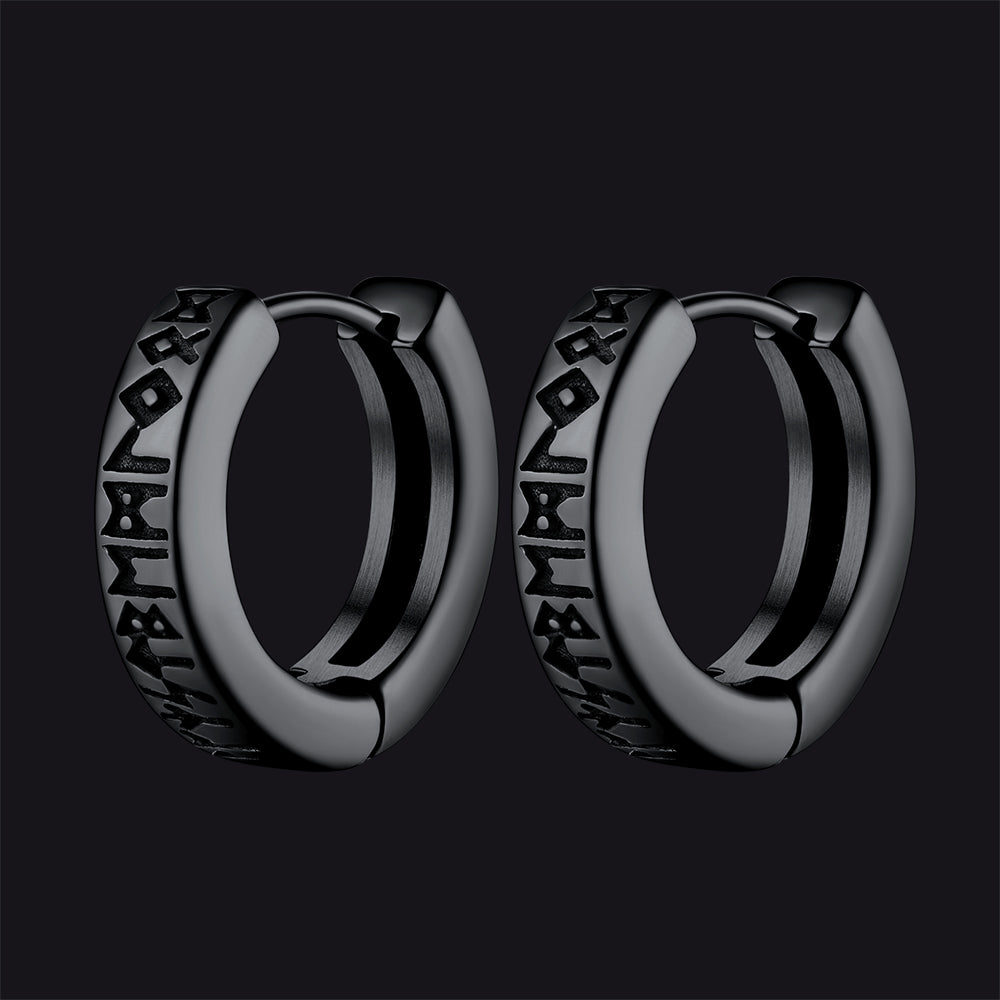Does Stainless Steel Jewelry Turn Skin Green?
The Green Skin Myth: Where Does It Come From?
The belief that stainless steel jewelry can turn the skin green likely stems from experiences with other metals. Certain alloys, such as brass or bronze, contain copper, which can react with skin's natural acids and moisture, leading to a greenish discoloration. This phenomenon is more common in cheaper, base metal jewelry.
Understanding the Green Skin Effect
The green skin effect is a reaction that occurs when certain metals come into contact with the skin. It's most commonly associated with jewelry made from alloys containing copper, like brass or bronze. When copper reacts with the acids in your skin and the oxygen in the air, it forms copper oxide, which has a greenish color. This compound can then transfer to the skin, leaving a greenish tint.
Stainless steel, on the other hand, is primarily composed of iron, chromium, and nickel. The chromium forms a protective layer, preventing reactions with the skin and making it highly resistant to corrosion and tarnish.
How to avoid skin discoloration caused by stainless steel
Factors to Consider: Quality Matters
While stainless steel jewelry is generally safe for most people, it's crucial to consider the quality of the piece you're purchasing. Cheaper, low-quality stainless steel may not have the same level of corrosion resistance or may not be as hypoallergenic due to impurities in the metal.
When buying stainless steel jewelry, look for reputable retailers or jewelers who use high-quality, surgical-grade stainless steel. These pieces are less likely to cause any skin reactions and are designed to withstand daily wear without tarnishing or corroding.

Preventing Skin Reactions From Stainless Steel Jewelry
While stainless steel is generally hypoallergenic and unlikely to cause skin reactions, there are additional steps you can take to ensure you have a comfortable experience wearing it:
1. Opt for High-Quality Stainless Steel: Look for jewelry made from high-quality, hypoallergenic stainless steel alloys like 316L. These pieces of 316L stainless steel jewelry have very low nickel content and are generally considered safe for most people with sensitivities.
2. Keep It Clean: Regularly clean your stainless steel jewelry with a mild soap and water solution to remove any dirt, oils, or sweat that might accumulate on the surface.
3. Avoid Moisture Buildup: To prevent any potential reaction, make sure your jewelry doesn't stay damp for extended periods. Dry it thoroughly after exposure to water.
4. Consider a Barrier: If you have a known nickel allergy, you can apply a clear nail polish or a specialized jewelry sealer to create a barrier between your skin and the metal.
5. Take Breaks: If you notice any discomfort or skin changes, take a break from wearing the jewelry and consult a dermatologist if needed.
Faithheart Jewelry: Trust in Stainless Steel and Enjoy Worry-Free Wear
In most cases, stainless steel jewelry does not turn the skin green. Its hypoallergenic properties and resistance to tarnish make it a safe and comfortable choice for everyday wear. By opting for high-quality pieces and following basic care guidelines, you can enjoy your stainless steel jewelry without any concerns about skin reactions.
Ultimately, the green skin effect is not a reflection of the quality of the jewelry, but rather a natural chemical reaction influenced by individual factors. By being aware of these dynamics, you can continue to enjoy the affordability, durability, and style that stainless steel jewelry offers without worrying about any unwanted side effects.



